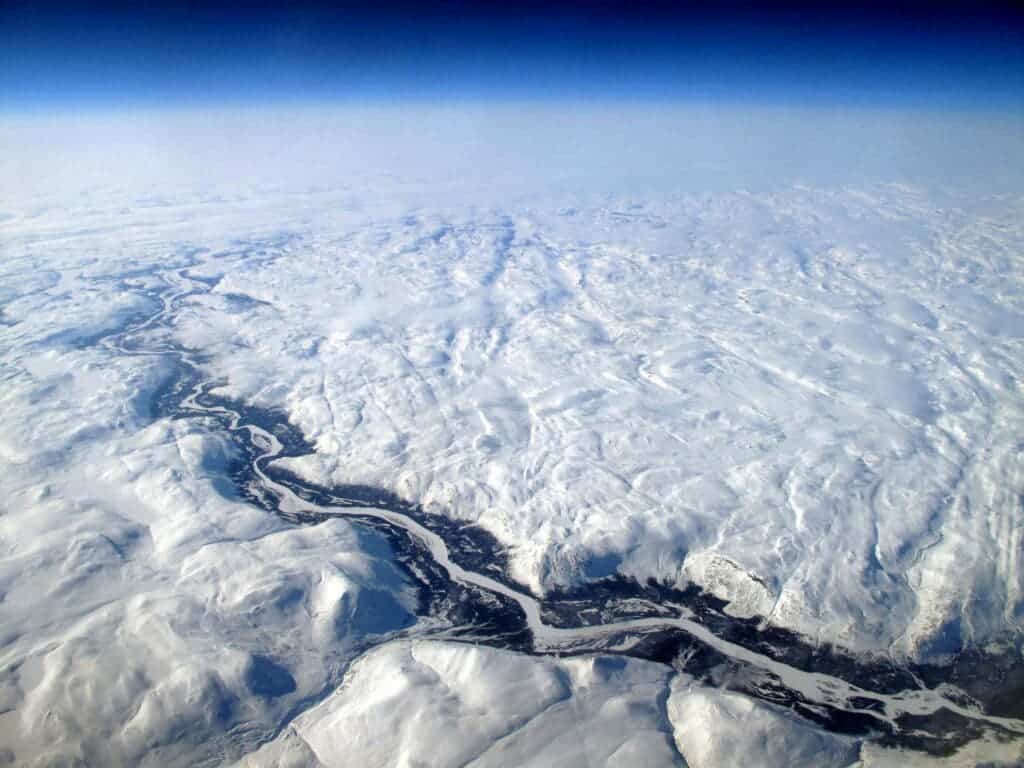A new high-temperature record for the Arctic of 38ºC (100.4 Fahrenheit) was confirmed by the United Nations’ World Meteorological Organization (WMO). The temperature reading was registered in June 2020 in the town of Verkhoyansk in Russia amid a severe heatwave.

Petteri Taalas, the WMO’s secretary-general, said in the statement that the new record “sounds alarm bells” about the consequences the climate crisis — which is raising temperatures all around the world. Global average temperatures have already raised 1.1ºC compared to pre-industrial time and could reach up to 3ºC by mid-century without further climate action from every country.
This increase is not uniform around the planet. The Arctic is among the regions in the world experiencing the highest levels of global warming, up to three times more than the global average, according to a study earlier this year. From 1971 to 2019, the Arctic’s average annual temperature rose by 3.1C. And the warming is not coming to an end any time soon, based on climate models.
“If you cast your mind back to last year, you will recall there was an exceptional, prolonged Siberian heatwave, as a result of this heatwave we saw devastating and very widespread Siberian fires and we saw massive Arctic Sea ice loss at the end of the summer season,” WMO spokesperson Clare Nullis told journalists in Geneva.
Verkhoyansk, where the temperature levels were recorded, is located about 115 kilometers north of the Arctic Circle. The meteorological station up there has been taking readings since 1885. According to the WMO, it’s very likely that the region will experience greater temperature extremes in the near future due to the climate crisis.
WMO has recognized temperature of 38°C (100.4°F) in Verkhoyansk (Russia) on 20.6.2020 as new #Arctic record
It occurred during a prolonged heatwave, which would have been almost impossible without #climatechange
It is indicative of warming in the Arctichttps://t.co/usGa3FsTQW pic.twitter.com/CWBDXIkvdE— World Meteorological Organization (@WMO) December 14, 2021
The UN agency is now trying to verify other temperature records. This includes readings of 54.4ºC in 2020 and 2021 in the Death Valley in California, usually described as the world’s hottest place, a new high of 18.3ºC in the Antarctic continent recorded at the Argentinian base and a record of 48.8ºC in the Italian island of Sicily this year.
Cascading disruptions
The National Oceanic and Atmospheric Association (NOAA) published a new edition of the Arctic Report Card, reporting on temperature trends, sea ice cover and other indicators gathered in 2020 and 2021. The report details the changes triggered by climate change in the region, which continues to create “cascading disruptions.” For instance, hotter temperatures melt snow, leaving behind darker soil, which absorbs more solar heat, raising temperatures even more.
Speaking at a press conference at the American Geophysical Union NOAA administrator Rick Spinrad said the trends “are consistent, alarming, and undeniable.” Average temperature for this past year (October 2020 to September 2021) was the 7th warmest on record amid retreating glaciers, thawing permafrost and tundra greening. The warmest six years have all been since 2015.
The Greenland ice sheet had three extreme melt episodes in July and August, with rainfall observed at the Summit Station for the first time ever in August. Seven of the nine Arctic regions had a higher ocean primary productivity this year than the long-term average, and an expansion of beavers was reported in the Arctic tundra of Alaska.
“Our people live in these extremely variable conditions for thousands of years, and we’re very worried about the changes highlighted today,” Kaare Sikuaq Erickson, a science liaison from the Bering Sea village of Unalakleet, Alaska, said at the press conference. “It’s really tough for us to live up there, let alone thrive.”


